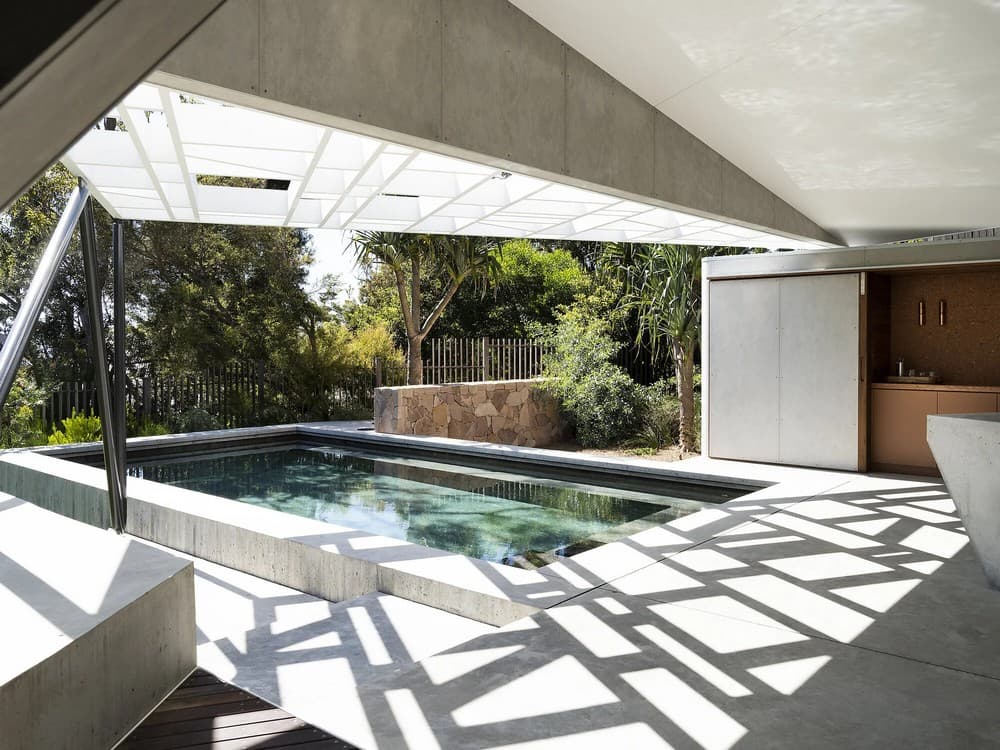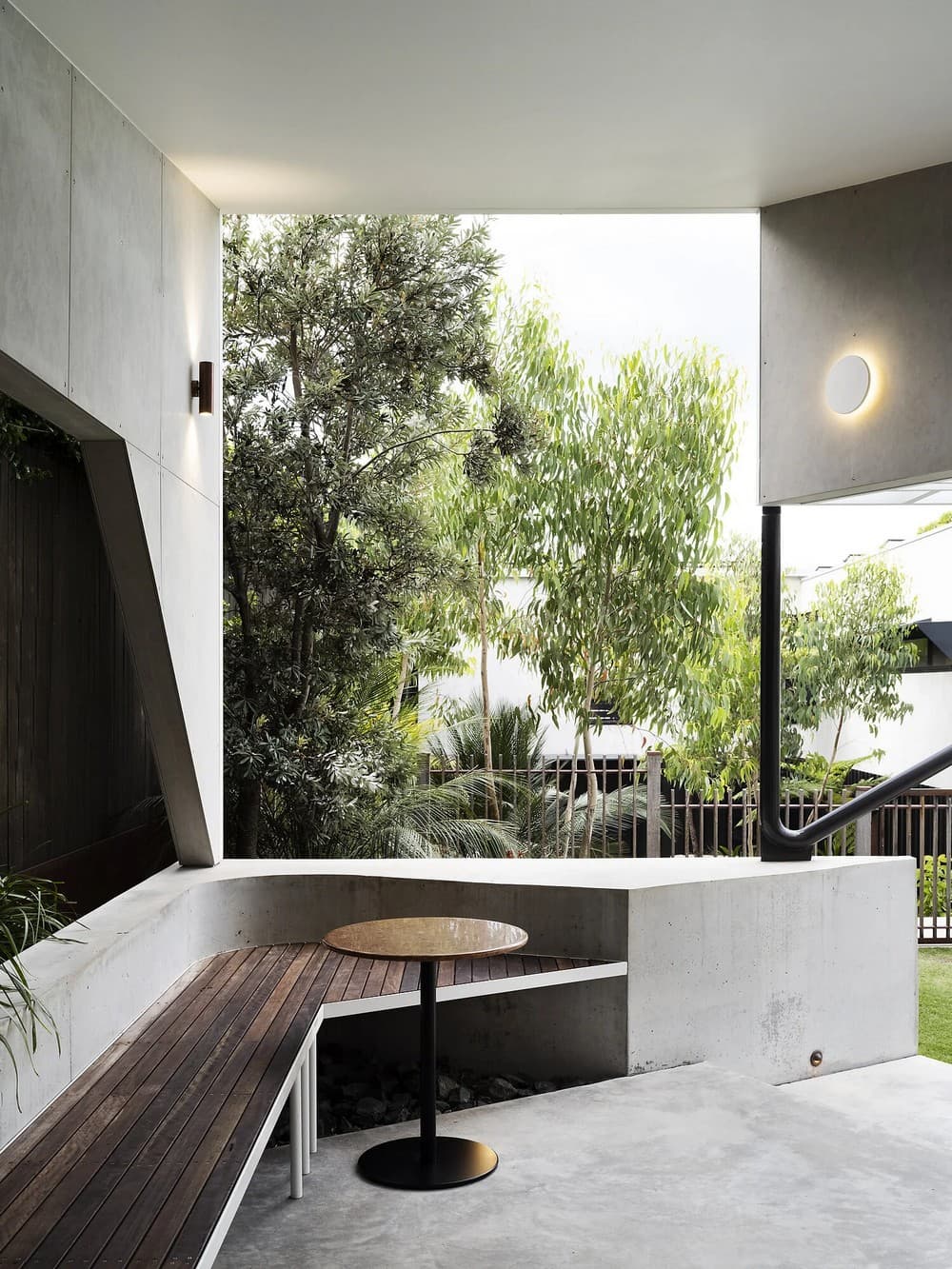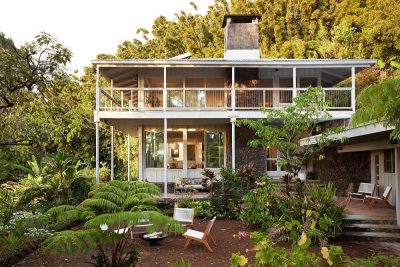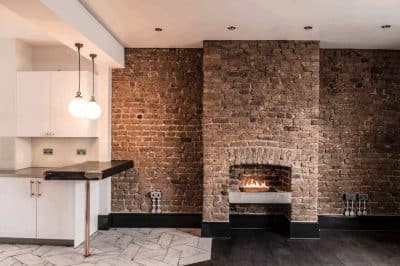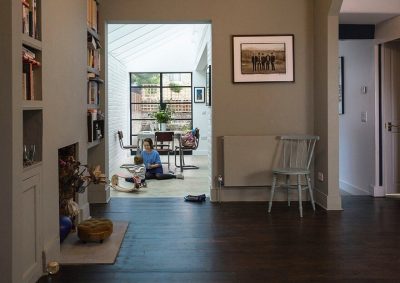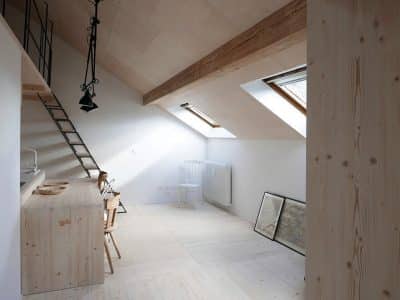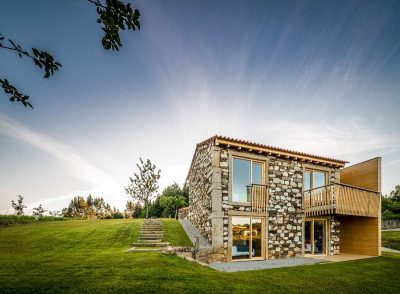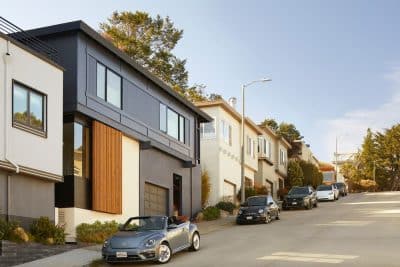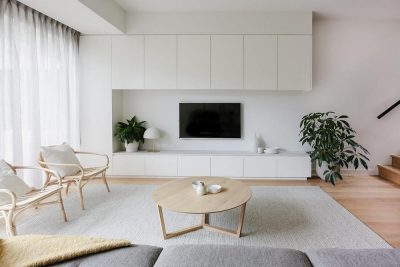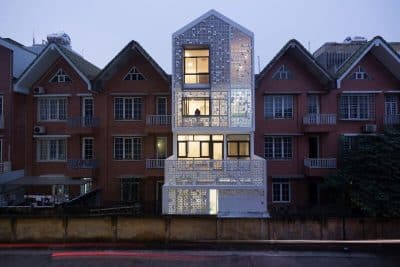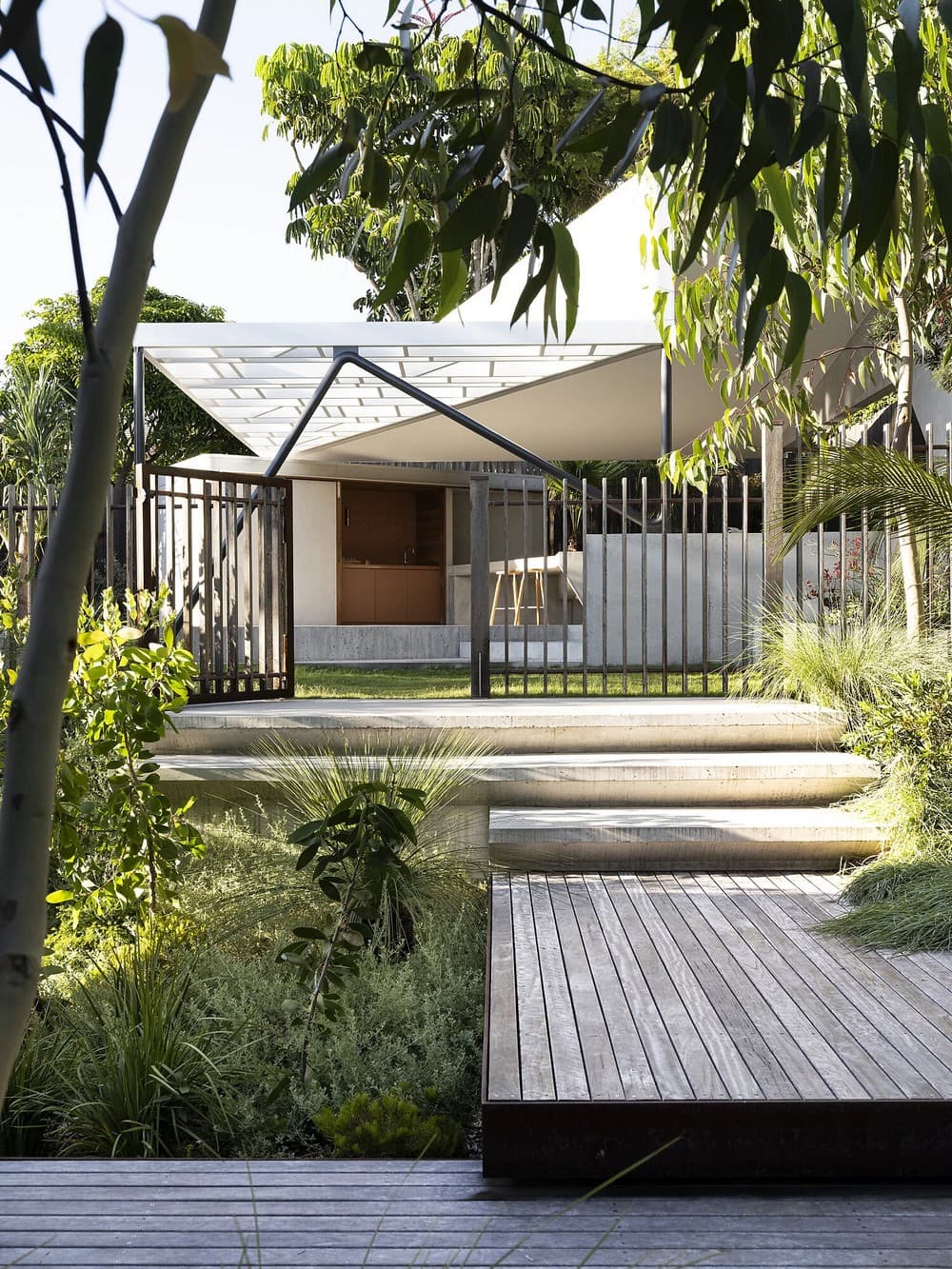
Project: House Revisited
Architecture: David Boyle Architect
Interior Design, Furnishing, Object and Art: Arent&Pyke
Landscape Design: Pangkarra Gardens
Location: New South Wales, Australia
Year: 2021
Photo Credits: Brigid Arnott
Text by David Boyle Architect
The contemporary Australian beach house vernacular and bush setting of this home have been honoured while incorporating timeless design and global influences – from mid-century Scandinavian to Japanese minimalism, and classic Mediterranean – all represented. The result is confident, authentic, and casual – and therefore, unmistakably Australian.
This project provided an opportunity to revisit a house we designed sixteen years ago with new owners, interior designer and landscape architect. It involved passive design and technology upgrades, internal fit-out and external works including new gardens, pool and cabana structures.
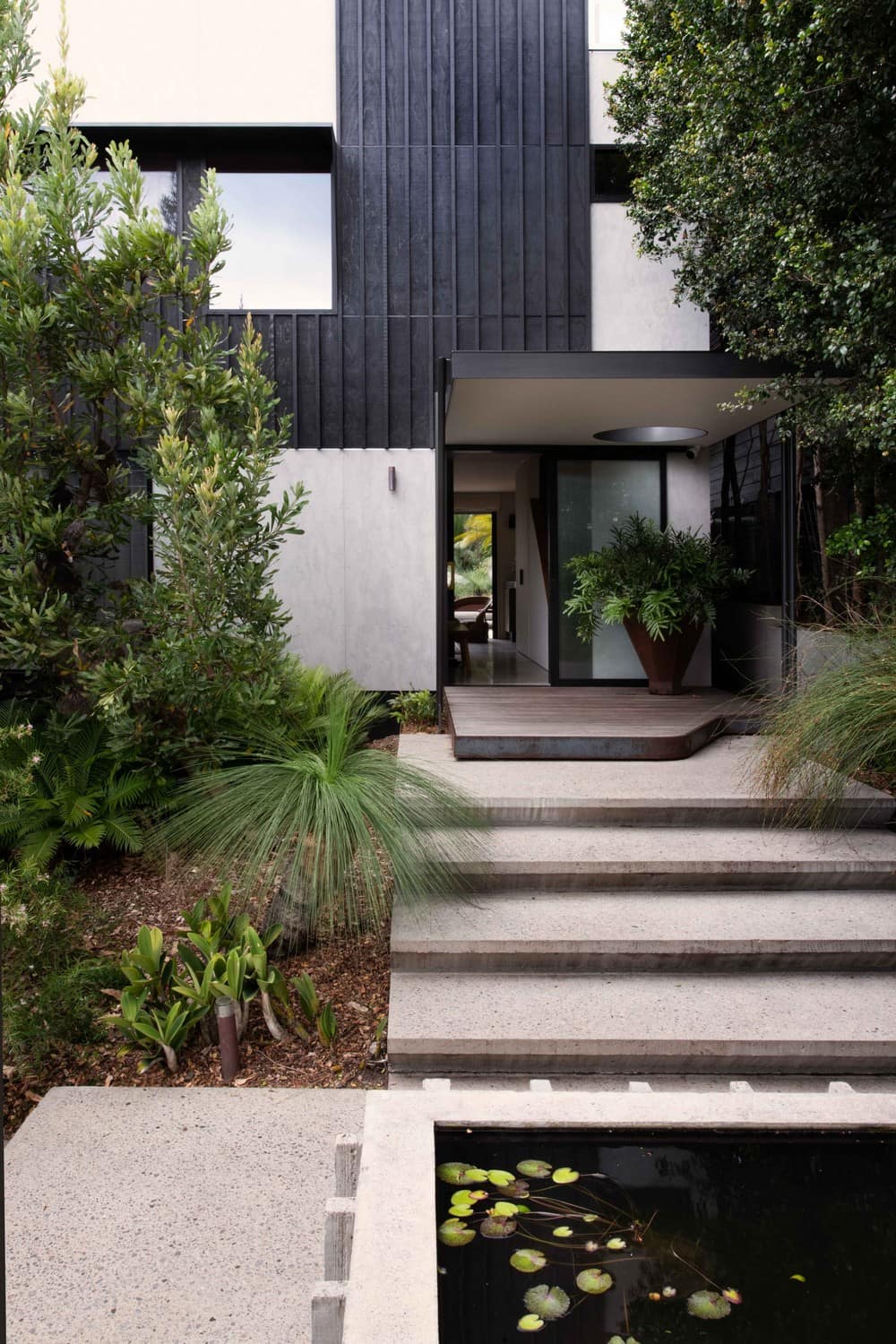
Our original client had some building experience and wanted a design that mitigated the sloping block and took advantage of elevated northeast coastal views. We were engaged up to DA stage only, and they managed the construction and selection of finishes and fittings.
The two-storey home was passively designed with a thin rectilinear footprint as a contemporary lightweight beach house. A linear eastern spine contains bedroom and service spaces and a separate living pavilion is nestled between two large Swamp Banksias.
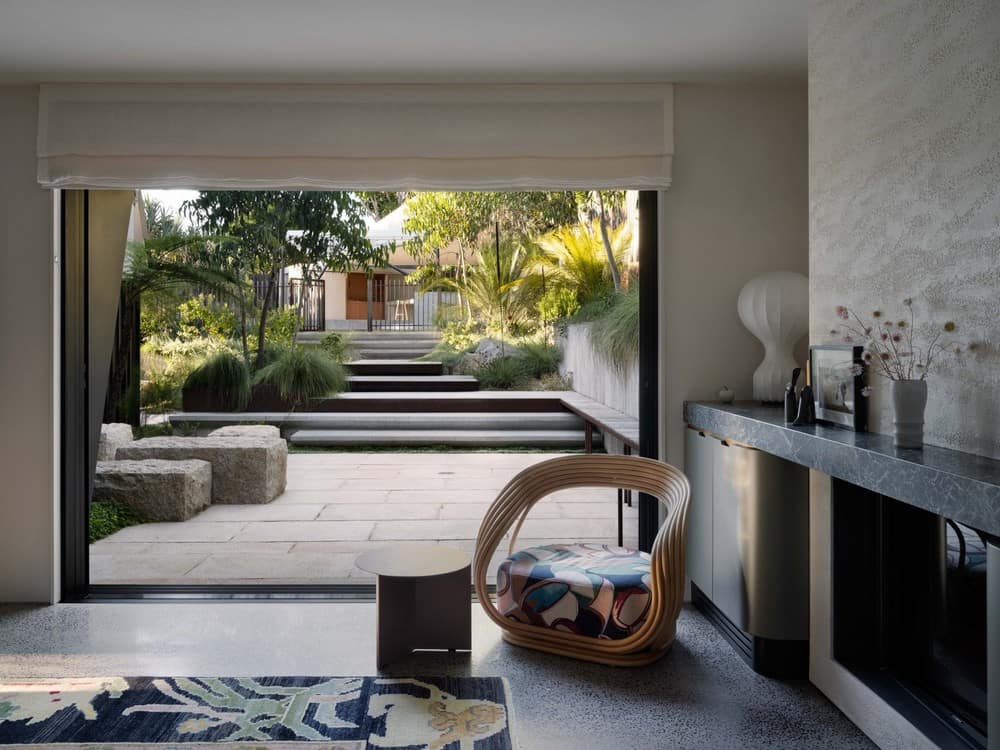
The “House Revisited” was sold 7 years ago to a young couple who have been adapting the house to their needs and design sensibilities. Initially a front native garden was planted around the existing Banksia with improved entry sequence and a small pond. The upper level was renovated and refurnished, largely within the existing layout with advice from an interior designer.
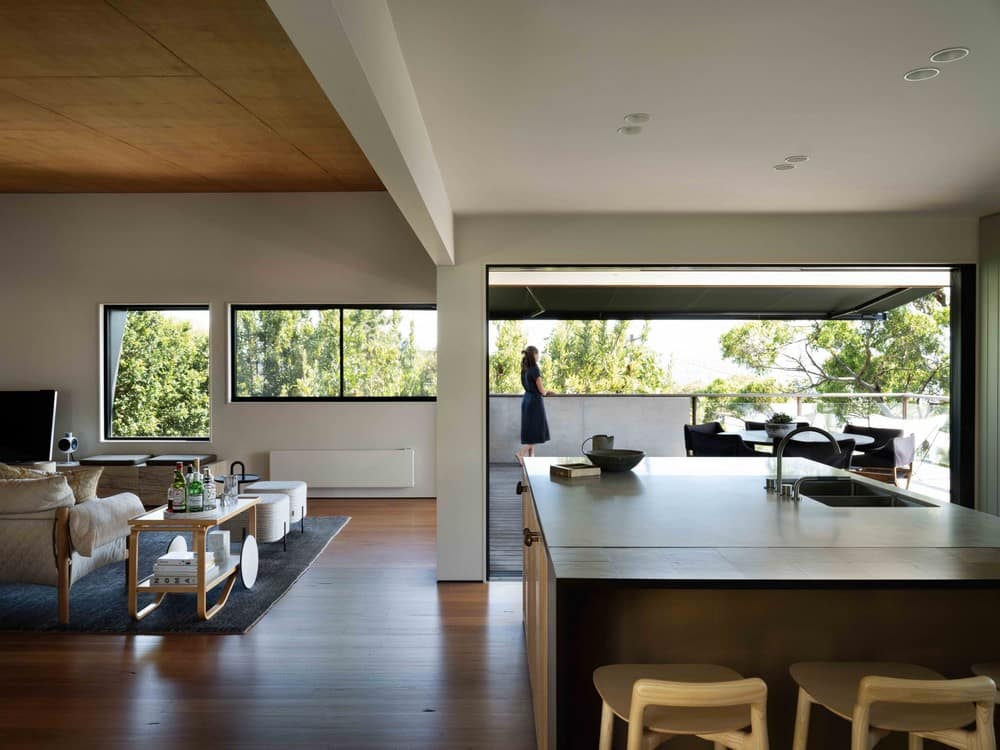
The second stage was more substantial and took a wholistic approach to house and garden.
This involved internal renovation and refurnishing of the ground level as well as improving the thermal performance of the exterior envelope of the house and the construction of new garden, pool and cabana at the rear.

The passive design of the external building envelope included new roof, cladding, and insulation, replacing all windows with double-glazed suites and new fixed and retractable awnings.
The “House Revisited” is fully electric and a new 15.33 kW PV with 13.5 kW storage system makes the house net-zero in energy use despite the inclusion of a new electric heated pool. Provision was also made for a future EV charging ports.
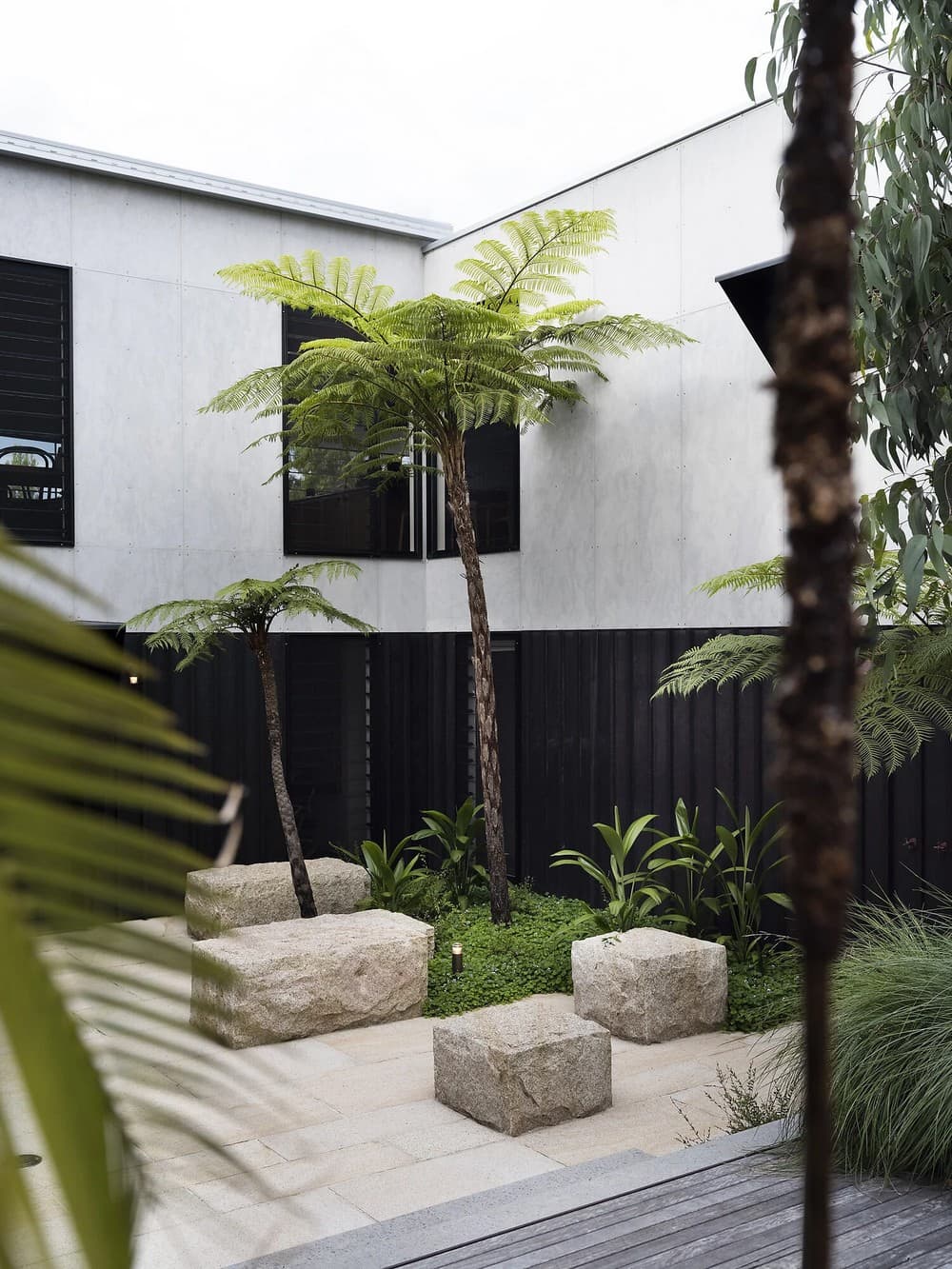
In the rear yard, a series of courtyards and stepped platforms reinstate the natural slope of the land and ensure a strong visual connection through varied landscape experiences of rainforest, coastal heath, sclerophyll, and riparian zones. This culminates in a platform at the top of the site for the pool, rotated 30° to frame a distant headland view.
The cabana is deliberately playful as a destination venue for lazy days by the pool or cocktails at dusk. It reconciles the rectilinear geometry of the house and the angle of the pool.
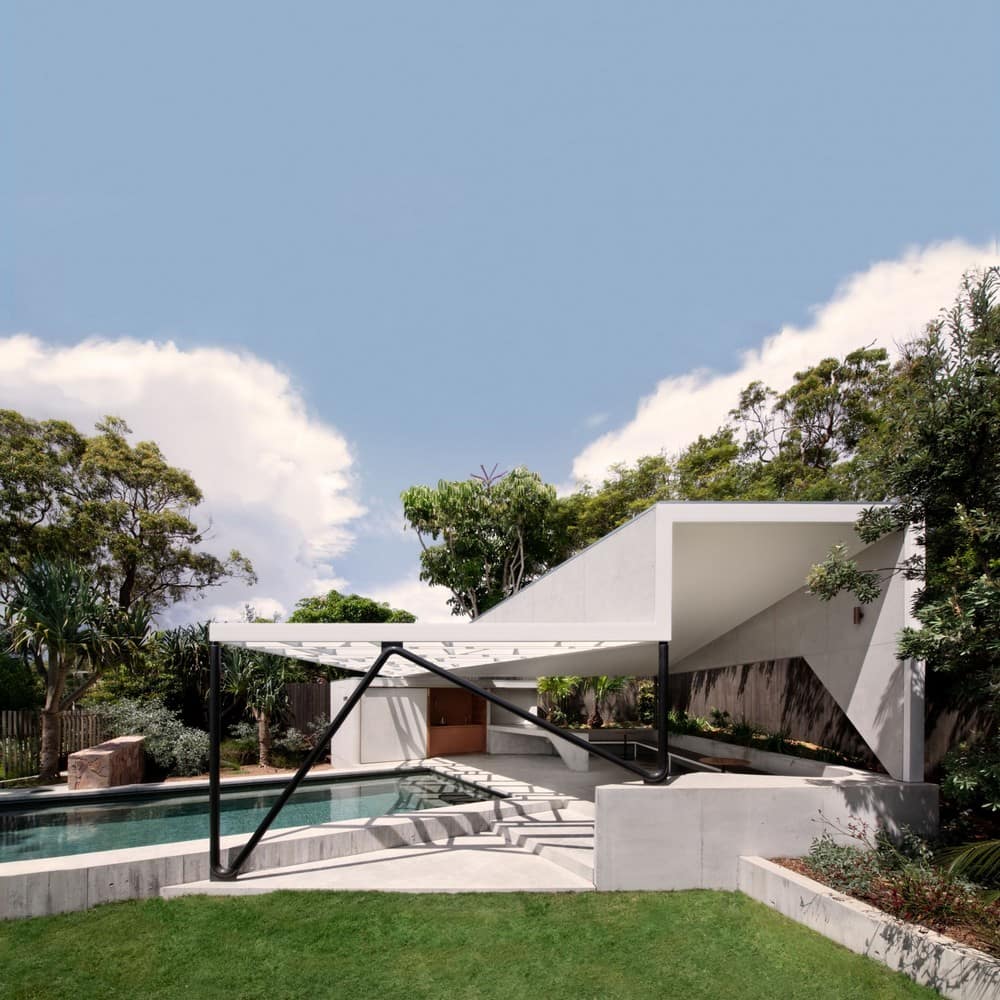
Sunken into the landscape with edge seating, kitchenette, and concrete table. The square plan, akin to a remnant of the house, is divided at the angle of the pool, splitting the roof into two: a sloping solid roof mimics the sloping living room ceiling and provides full shade and a horizontal pergola held aloft by a sculptural bendy steel post floats over the pool and allows dappled shadow play throughout the day.
The cabana is both embracing and open to the landscape and is rich in detail for experiential occupation of the garden.
